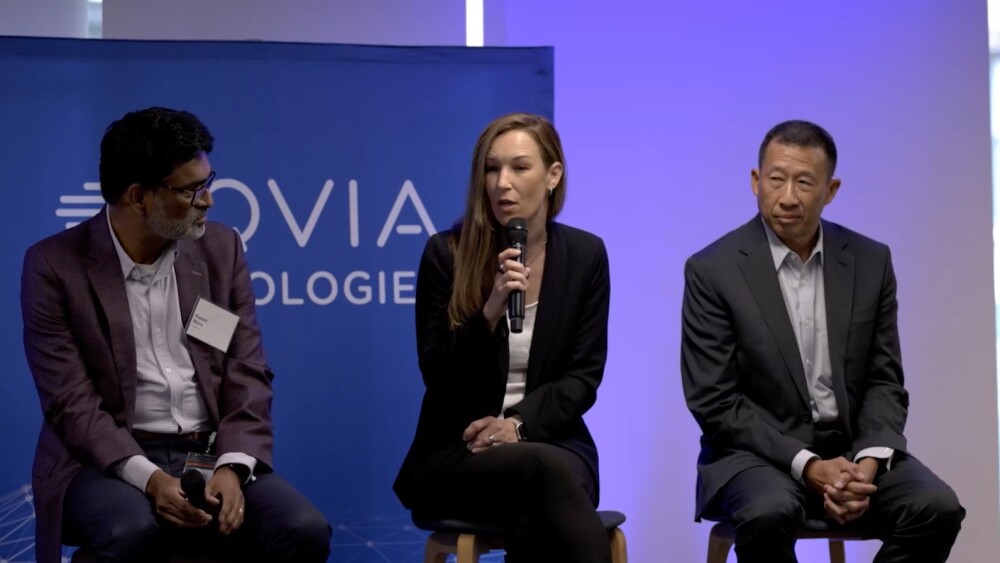IntriCon Corporation announced that it has completed phase one, as anticipated, of the introduction of the NXP® Semiconductor’s NxH2003 Bluetooth Low Energy (BLE) audio streaming SoC into IntriCon’s Lumen™ 155 product family.
Said Gorder, “Incorporating state-of-the-art, low-power consuming wireless technology is a critical step in creating our high-quality, low-cost hearing healthcare ecosystem. By integrating NXP’s NxH2003 into our Lumen 155 product family, we can provide outcome-based features, connecting our hearing aid devices with various wireless accessories. We intend to launch this technology coupled with a remote microphone into our Direct-to-Consumer (DTC) and Direct-to-Insurance (DTI) channels in the first half of 2018. Additionally, we intend to integrate this with our Sentibo Smart Brain self-fitting software, which is designed to improve both channel productivity and the quality of first-time fittings, resulting in lower prices, greater access and increased customer satisfaction.”
Said Bart De Loore, vice president of NXP’s Personal Health business, “IntriCon’s Lumen 155 wireless audio streaming performance is a great proof point of the performance of NXP’s NXH2003. Optimized for use in hearing instruments, NXH2003 streams wireless audio over 2.4GHz at industry lowest energy consumption and smallest footprint. Similar to what NXP did with NFMI-based MiGLO solutions NXP expects to deploy its industry-leading, low-power BLE audio streaming technology in the adjacent hearables market as well.”
NXP’s state-of-the-art BLE 4.1 certified solution measures only 7.25mm2 and has industry-lowest receive and transmit power levels of 4mW and 7mW respectively. The NxH2003 forms a total solution for ultra-low power wireless audio streaming as it embeds both an M0 microcontroller (running the protocol stack and application), as well as an embedded CoolFluxTM DSP (running all of the required audio processing including sample rate conversion and audio [de]compression).
IntriCon believes this state-of-the-art wireless technology is important to its strategy of creating an eco-system of care, eliminating cost and access as barriers to the adaptation of hearing aids. The company has patented certain aspects of wireless self-fitting and remote update and adjustment of hearing aids. It is believed that once the FDA has finalized the regulation mandated by the OTC Hearing Aid act of 2017, the availability of IntriCon’s wireless hearing devices will open the door to greater competition, spur innovation and position the company as a leader in driving affordable hearing care into the U.S. market.




